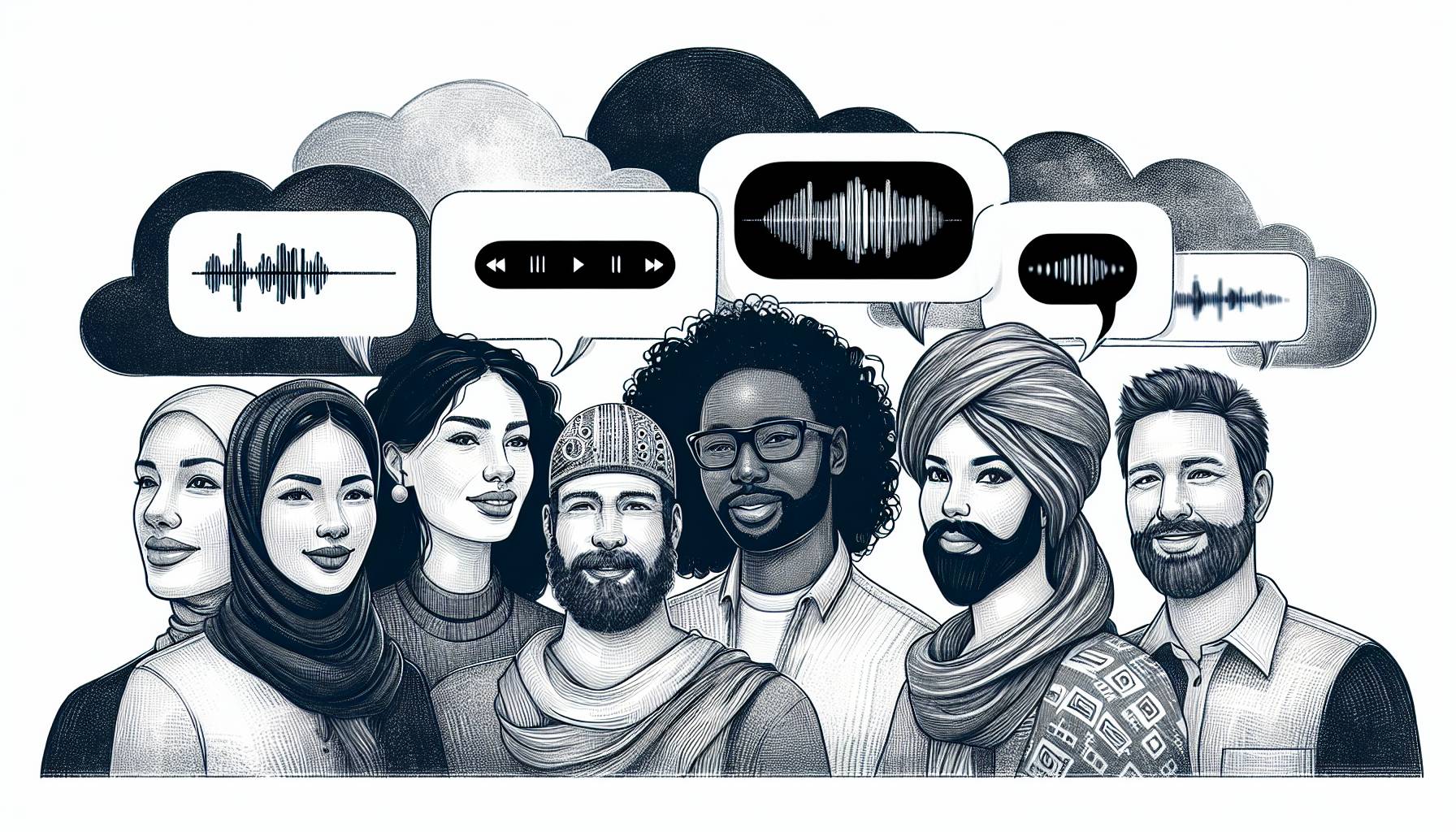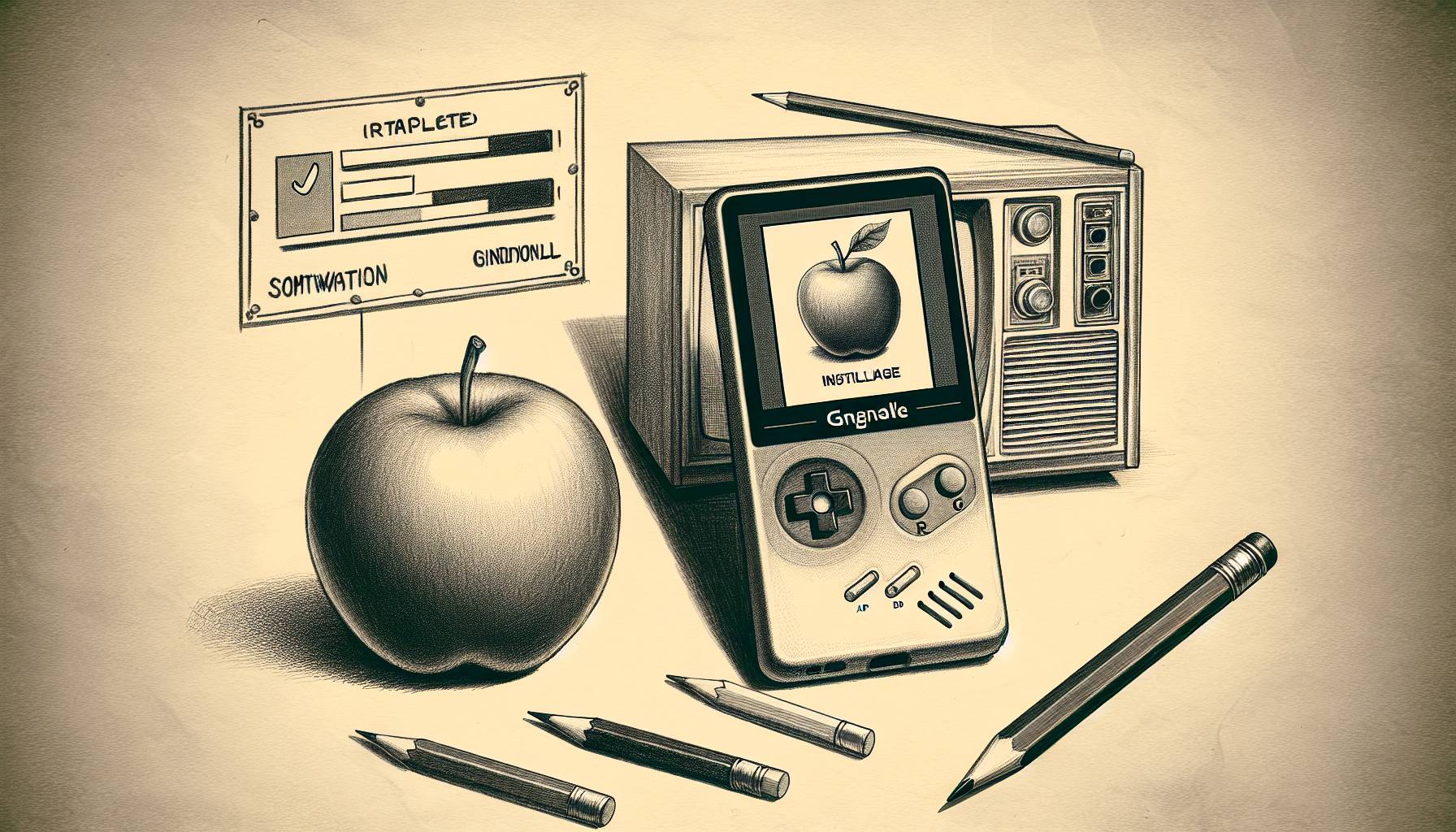Augmented reality is being increasingly embraced as an effective tool for education, and its creative use is exploding. You may be wondering, what exactly is “AR” or augmented reality? And, how do we use this type of technology in education?
In the most basic terms, Augmented reality is what the name implies… the real–world environment (reality) that is augmented in some way by computer–generated input such as video, sound, graphics, and so on. Augmented reality gives people the ability to view the world with an overlay of digital content that adds information and changes the way people interact with their environment. With the increasing sophistication of mobile devices, augmented reality can be both created and viewed through the use of apps on mobile devices.
Below are two of the basic types of augmented reality, and a few of the best AR apps that are effectively used in education today.
1 – Augmented reality using geotagging and geolocation
One type of Augmented reality uses geotagging and geolocation. A geotag is a GPS (global positioning system) coordinate that associates content to digital media assets (i.e. an audio, video or image file), textual information, or other digital content associated to a specific real–world location. This content can be user–generated. There are several apps that can be used successfully as part of a classroom lesson, and below are two of the best and most popular ones.
Sekai Camera (also for iPad)
Using the app Sekai Camera, “air tags” are created and can then be viewed within a limited radius. An air tag is associated with longitudinal and latitudinal coordinates, known as geotags. Air tags are easily created with Sekai, and they appear to “float” in the air when viewed with the camera on a mobile device, using the Sekai app. Air tags can display short text messages, photos, and voice messages that can be viewed through the mobile device’s camera, and users can comment on existing tags.
The Education Connection:
Sekai camera can be used in a multitude of ways both in and out of the classroom. In a classroom or school, air tags can be used for scavenger hunts of information related to a unit of study, writing prompts, posting of classroom reflections, clues to a curricular mystery, review messages for a test, bell ringers and a multitude of other uses.
Outside the classroom, teachers could post information via air tags prior to a future field trip. Then, students can access the airtags with the information when they visit the field trip destination i.e. at zoos, museums, and so on.
ARIS
Using GPS and QR codes, ARIS “players” can both create and play mobile games, take tours, and be involved in interactive stories. Because ARIS uses an open–source platform and is user–friendly, it allows for a lot of creativity in education.
The Education Connection:
ARIS has been used by educators across the globe in a multitude of creative and engaging curricular lessons and learning games. Students can create place–based mobile games and also use ARIS to participate in a wide range of activities. In one example, students in Albuquerque designed games focusing on the city in relation to geology, recycling and other topics, as well as one that recorded people talking about their favorite places around Albuquerque.
Game design is an effective way of engaging students in the curriculum, and the design of the game is a learning experience in itself. With ARIS, students can create a game as they play it… learning through design.
Training and tutorials on how to make an Aris game
Note: Two other AR apps to consider are Layar and Tagwhat.
2 – Augmented reality using “markers”
Augmented reality based on markers requires an object of some kind to trigger the augmented reality media. The object could be almost any physical object: a unique window, a book, a building, etc.
Aurasma Lite
Using Aurasma, users can view and place “auras,” which use objects or “markers” to initiate the viewing of an aura. Auras can be videos, images or sound files. To create and place an aura, one simply uses the camera on the mobile device to select a “marker” when in the Aurasma app. The desired media is then associated with that marker. To view an aura, one launches the app, uses the camera on a mobile device to relate that object to the aura, and the associated media is launched.
The Education Connection:
Opportunities for using Aurasma in education are plentiful because of its open–ended applications. For a parent open house, students could create short welcome videos, then create a document with their photo and other interesting information on it. When parents use the app and the camera on their mobile device, the document will trigger the video their child created.
Other ideas for the use of Aurasma in education are:
- Overlay digital content on a worksheet
- Have students create short video clips related to a book they are reading, playing the part of the character, and describe information related to the story; a photo of that character triggers the aura
- Have students create short video clips describing a piece of art they created, then Aurasma plays their video when the mobile device views the artwork
- Add an aura to a poster or photo of Martin Luther King that triggers a video of him delivering his “I Have a Dream” speech
These are just a few of the creative ways Aurasma can be used to engage students and enhance teaching and learning.
ARMedia Player
ARMedia Player allows for interaction with virtual models. You can explore 3-D models from any angle with the interactive AR interface. The 3-D models can then be rotated, pinched, and zoomed.
The Education Connection:
There are several demo models that can be downloaded from the ARMedia website. This app works with many Google Sketchup models as well (for which a plug–in is available for Sketchup). Johnny Kissko has compiled an education resource page, Free Augmented Manipulatives, with files that can be downloaded for use with ARMedia Player.
Now that you have a few great AR apps from which to choose, select one that best fits your curricular goals and the content you are teaching, and implement it! Pick your app, start small, and watch amazing things happen as you blend the real world with the computer–generated augmented world to ignite your students’ learning. Oh, and did I mention—you’re about to have an amazing and exciting journey as you enter the world of Augmented reality!












